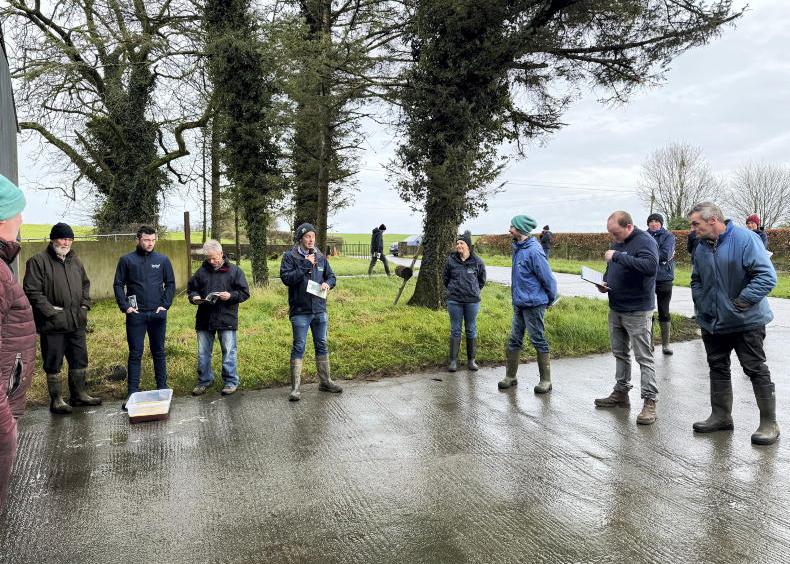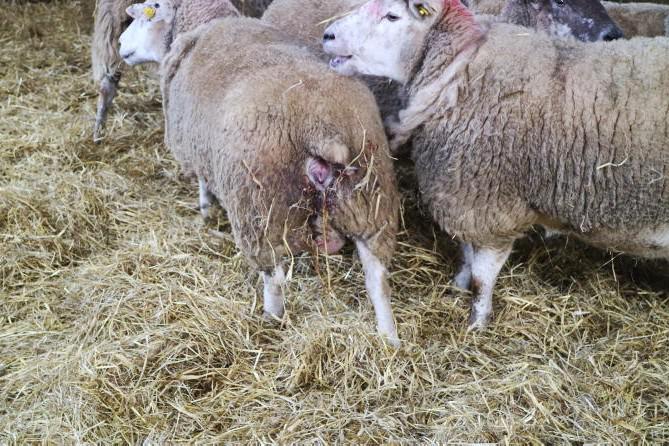Standing concerns
The rapid growth of recent weeks left many growers concerned about standing power in both winter and spring crops due to significant elongation.
In general, longer stems are not an issue in wheat as long as the stems are strong, but straw length is always an issue in barley and oats.
Recent dryness should help harden up crops but parts of the south have had a lot of damp weather this month. Most crops are now gone beyond growth regulator stage, which can be hard on barley.
Rain-brought disease: It is hardly a surprise that many crops now show a lot more disease, or at least a lot more lesions. Some reports suggest disappointingly high disease levels, especially septoria. But some leaf symptoms on older leaves may be a result of previous weather damage.
Final fungicides
Many wheat crops have already received their final fungicide thanks to the speed of recent crop development and favourable spraying conditions. Higher temperatures will also speed up flowering and high light intensity may help ward off ear blight infection.
Try to target the ear spray at mid-flowering to maximise ear blight control. Ear sprays will generally rely on a combined triazole such as Gleam or Prosaro or Magnello, possibly with a strobilurin added where rust is a risk.
Some spring barley crops have been sprayed but most are still only getting to awns appearing. Apply the final fungicide as awns and ears are pushing through. Err on the side of being slightly early, especially for the folpet.
Final sprays might include products like Siltra, Revystar, Fandango, Elatus Era, Ceriax, Bontima etc, or a prothioconazole plus strobilurin or SDHI mix. Always have folpet in the tank.
Final sprays on spring oats at heads out could be Elatus Era, or it may need a specific mildewicide like Tern or a Helix combination if mildew is present and active.
Final sprays on spring wheat will also be a triazole mix such as Prosaro, Gleam or Magnello, plus or minus a strobilurin or a morpholine if needed. The inclusion of folpet could be advantageous.
Winter rape
Most crops are still a little away from desiccation but some may be ready very soon. Avoid spraying too early as it can hit yield so it is important to get glyphosate timing right. Judge seed colour when the top of the crop is close to the colour of a hare’s back.
Blank grain sites: The frequent sunshine has made blank or infertile grains very visible in winter barley heads. These appear as see-through or translucent grains and can be seen in both two-row and six-row varieties. These could also occur in wheat but are much less visible.
With most winter barley crops having either very long ears or high ear numbers, it seems likely that the grain count per square metre will still be more than adequate for yield.










SHARING OPTIONS